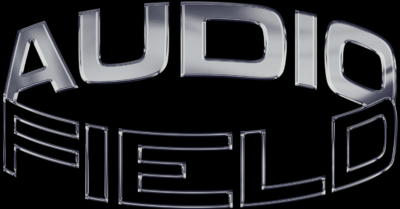
Metadata At Audio Field
The Tool I Use
I use the software Soundminer to enter metadata for my sound libraries, striving to be as complete and detailed as possible. I find it important to be transparent and to provide the user with as much information as possible. Without knowing anything about these sounds, the user should be able to project itself. Indicating the location where the sound was recorded, the season, whether it was day or night for example, will provide information to the listener to help in their search and listening.
In this process, I use the UCS categorization, which helps me in classifiyng the sounds. Additionally, a large number of categories are used.
Example of Nomenclature
The organization of the nomenclature is structured as follows, example of a sound found in the pack Night In Kyoto.
AMBAir_CITY PARK-Distant Rumble Air Tone_AF_NiKT_5.0
- AMBAir : CatID, an abbreviation for the Category AMBIENCE and the SubCategory AIR
- CITY PARK : Information added to specify the recording location
- Distant Rumble Air Tone : FXName, a short description of the elements found in the sound
- AF : Corresponds to the manufacturer, an abbreviation for Audio Field
- NiKT : Product related, an abbreviation for Night In Kyoto
- 5.0 : The sound format, surround 5.0.
Opening The File In Soundminer
If you open the file in a specific search engine, here Soundminer, you’ll discover that the sound contains much more metadata. You will, of course, find the elements mentioned above, as well as specific metadata filled in by the manufacturer.
- Channel layout : Order of tracks encapsulated in the multi-track file
- Description : More detailed description of the elements within the sound
- Library : Name of the sound library to which the sound belongs
- CDTitle : Abbreviation of the sound library to which the sound belongs
- Take : Numbering different sounds from the same sound library
- Key : Location where the sound was recorded
- Mood : Additional information specific to each packs, allowing an extra layer of categorization
- OpenTier : Combines the Category, SubCategory, Key and Mood. A powerful category if filled in. Unique for each manufacturer
- RecMedium : The recorder used to capture the sound
- Microphone : The microphone used to capture the sound
- RecType : The system used to capture the sound (example : stereo AB, ORTF, LCR, QUAD, etc…)
- Scene : Whether the sound was recorded during the day or night, indoors or outdoors
- Location : The place where the sound was recorded
- Recordist : The technician who recorded the sound
- Manufacturer : The company from which the sound originates
Importance Of Metadata
Entering metadata is laborious but necessary. In my view, providing as much information as possible establishes multiple paths to finding the sound, various ideas can lead to the desired sound. The use of the UCS categorization is very useful to me and allows for standardization of sounds for use by other sound editors, simplifying the search process. Even though this work will never be perfect and different viewpoints on creating a sound library will always exist, this is how I organize my work.
Do you find this method useful ? Let me know in the comments below.
More Posts


Sound Metadata
Metadata, identity of the audio file, essential for management and post-production.

Sony PCM D100 – Free Sounds
Free sounds recorded with the Sony PCM D100. Feel free to use them.

Last Posts

Zoom F3 – Review
Review of the Zoom F3 recorder, a tiny piece of gear. Analysis and personal feedback of this pocket machine.

Camera Timecode & Audio Connection
Camera Timecode & Audio Connection, list of different configurations.

Timecode Solutions : Audio – Video Synchronization
Timecode Solutions : Simplified and efficient Audio-Video synchronization, speeds up post-production.





